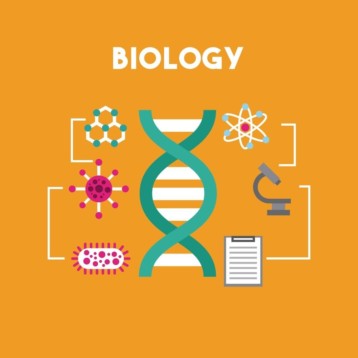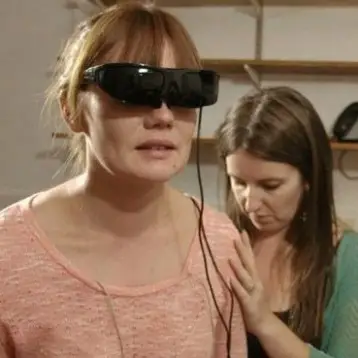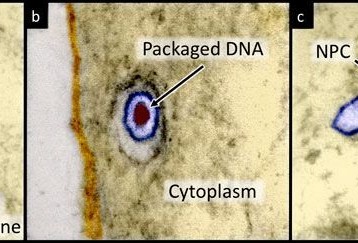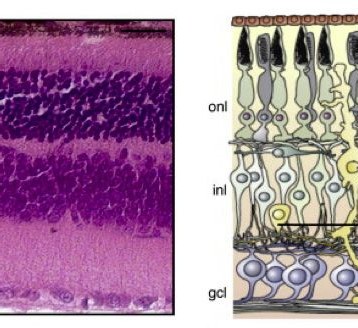|
Most of the time the RNA used to make the new proteins is paired with a micro RNA strand that prevents it from bonding with anything else. When something stimulates the synapse indicating a new memory, a wrapping protein surrounding the micro RNA degrades or fragments. This allows the RNA to synthesize a new protein, strengthening the synapse and locking in the memory that activated the synapse so it won’t be forgotten.
Scientists have known for some time that the synapse activation involves both the degradation of existing proteins and the creation of new proteins, but until the UCSB research they were unable to explain why both elements occurred or how they combine to form the lasting memory.
The UCSB scientists, led by post-doctoral student Sourav Banerjee of the Neuroscience Research Institute and the department of cellular, molecular, and developmental biology at the university, monitored live neurons taken from rats and examined them under a high powered microscope to observe the synapses and the creation of the new proteins. They were also able to identify the specific proteins involved in the process, including the proteins CaM Kinase and Lypla.
Researchers hope that a better understanding of how memories are stored in the brain will help improve memory and also provide mechanisms for treating or possibly even curing Alzheimer’s disease and other ailments that negatively affect memory.
TFOT has previously reported on other memory-related research studies, including an attempt to deliberately erase memories in order to learn more about memory loss and Alzheimer’s disease, treatments that help halt the progress of Alzheimer’s disease, a study showing that web surfing improves brain function including memory, an exploration of how long-term memory works, and the discovery of a possible physical cause of Alzheimer’s disease.
Read more about how the brain encodes memories in this University of California at Santa Barbara press release.










